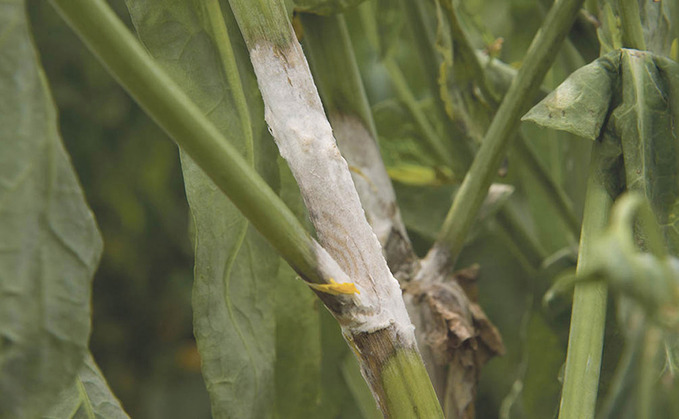
Sclerotinia infection in oilseed rape is predominantly driven by inoculum levels and weather events at earlyto mid-flowering, but a notable decline in incidences of the disease has been seen in recent...

Sclerotinia infection in oilseed rape is predominantly driven by inoculum levels and weather events at earlyto mid-flowering, but a notable decline in incidences of the disease has been seen in recent...

BNG National Habitat Bank Creation & Unit

FARM LOANS & RE-MORTGAGES

Commercial Secured Bridging Loans for Business